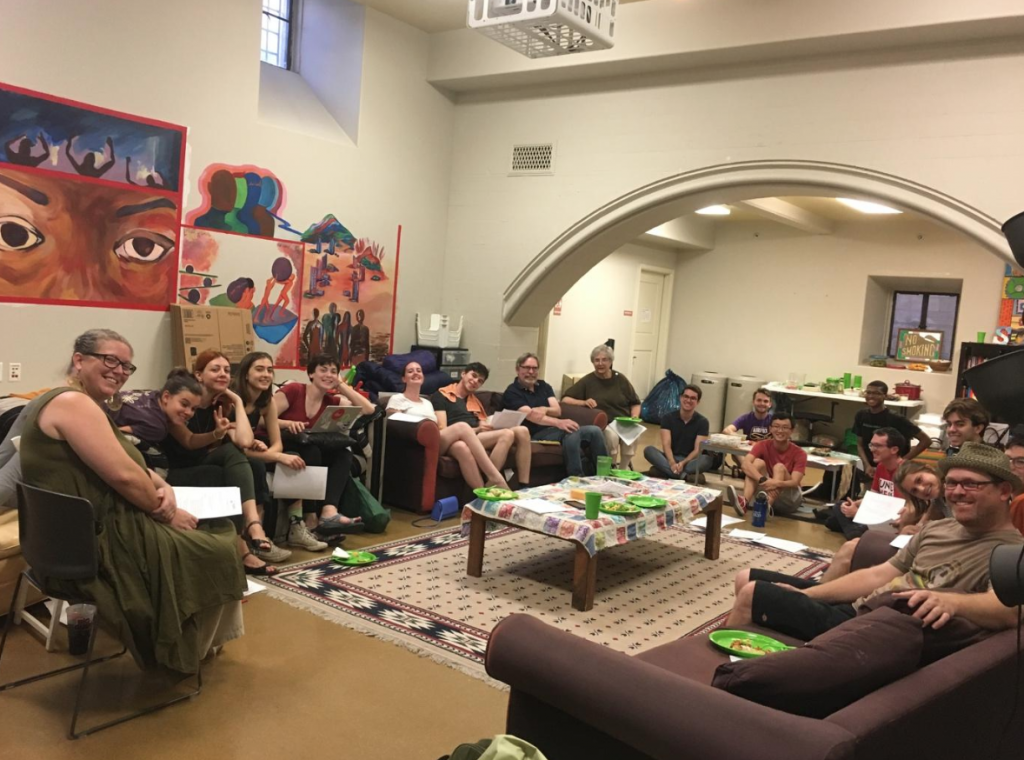By Eve Kauffman ’20
Sept. 26, Vol. XXIX, Issue 1
The Los Angeles housing crisis isn’t going to go away anytime soon, and certainly not on its own. It is reflective of a much wider problem that spans multiple states, resulting from rises in gentrification and homelessness. Many people from the 5Cs have seen similar housing crises play out in their own hometowns, and it’s rework- potentially an issue that is relevant even in the small City of Claremont. After much turmoil from different city representatives from throughout the region, the Southern California Association of Governments (SCAG) released its official Regional Housing Needs Assessment (RHNA) this past summer. This report illustrates the magnitude and relevance of the crisis, and formalizes the deep inadequacies the current housing market presents. Problems thought to be unique and situational- the struggle to find housing- are validated by the report, as it emphasizes the instability many face is growing in normalcy.
One of the most pertinent conclusions that the RHNA conveys is that 1.3 million new units of housing would need to be built within Southern California in order to allay the swell of the crisis. Very high percentages of those developments would need to be available to low-income renters, or at least somewhere along the spectrum of affordable housing. Los Angeles county sprawls nearly 50 miles out of its downtown, and this massive size is paralleled by its necessary role in combating the disaster in each of its suburbs, including Claremont.
Currently, Claremont is zoned for affordable housing, but primarily in one location: a golf course owned by the Claremont Colleges (TCCS). This zoning was done on the part of the city without conferring with TCCS, and this lack of communication and the rezoning of private property fed the tension between the 5Cs and the city. The fact remains that even if this property was successfully developed to serve the dearth of housing, Claremont would still fall short.
It is for this reason that local grassroots organizations have begun to take action. Inclusive Claremont (IC), a community-student based coalition, has recently formed to begin advocating for the importance and construction of affordable housing within Claremont and to address community issues from multiple angles. Using the added power of student work, coupled with centering the voices of community members, educational campaigns, policy recommendations and personal stories are expressed. IC works to hold Claremont accountable in its promise of zoning, building what was already told Los Angeles County, as the act of zoning alone unfortunately does not guarantee or accelerate affordable housing’s development.
developing community within this project.
Statistics illustrate the truth to this: despite consistent urging of experts to spend “no more than 30% of your monthly gross income” on rent, people in Claremont are spending considerably more than this. Residents have reported spending up to three-quarters of their income sharing an apartmentthis 30 percent recommendation. That means, an unhealthy and unsustainable amount of people’s labor goes to living expenses, regardless of their circumstances.
An unrecognizedat a huge population is represented by these classifications, and that does not begin to include those who work but do not live in the city limits. There is a perception that the only serves a specific group of people. That said, beyond the village it is a socioeconomically and racially diverse city of over 36,000 people. Claremont’s constituency is underrepresented in the politics of the city, it developments and infrastructure in meaningful waysunique input and a breadth of identities, representation clearly lacks in certain rhetorics, and consequentially
Inclusive Claremont now works to find those underrepresented voices and act as the connection between renters’ lived experiences and the government. Connections are constantly being made through consistent “deep-canvassing”, where activists not only canvass and survey, but develop meaningful relationships with those who answer the door on unsuspecting Saturday mornings.
More grassroots organizations have been sprouting up around the Southern Californian region. With various social ailments on the rise, it is clear that organizations like Inclusive Claremont have a need, along with a place in a good crowd. Claremont has the opportunity to be a leader in finding solutions for all these problems, be it sustainability oriented, social-justice oriented, or even just acknowledging housing as a human right. Claremont is at an incredible nexus point, the crossroads of which can determine much of Los Angeles’ future.



